Getting Interactive
Yesterday was a busy day at the Maffra Sugarbeet Museum. We are currently opening only on the first Sunday of the month, at 10am to coincide with the town market. It works well, and we pick up a lot of visitors.
We have been exercising our minds how we can better involve the younger visitors, and yesterday brought in three young men from Maffra (read aged about eight to twelve, at a guess), who gave us some really good ideas.
Firstly, we already have a Beet Lifter in the middle of the main room, that has been set up so it can be lifted to show how heavy it was, and how hard the work was, guiding it behind a horse. They liked that.
Then we thought - they might like a look in our storeroom, which used to be The Vault. So in we went. First step was in through the rather inconspicuous door in the wall. Big, heavy and hard to swing.
Once in there, this was the view
So we thought - why not show them some the things stored in the cupboard? (Although most of them were full of documents, books and copies of photos for display, there was one interesting cupboard)
(Note, several of the pictures above are AFTER we re-presented things a bit better, once we got some ideas from them. But just wait until we really have a go at things!)
They especially liked the Cow Horn Ornament - something that would be hard to display in our main exhibition, but fitting in quite well into what is becoming a "Discovery Expedition into The Vault".
Then, there were the Seal presses in there, that we needed to sort out anyway. So out they came, onto a table in the second room, where we mount temporary exhibitions. And we carefully pressed away, working out which one was which.
These are, from left to right, the Briagolong Cheese Factory, two milk factories (one in Sale, the other possibly in Maffra), the Maffra Shire original seal, and a small one that just presses "Maffra". Some quick cutting up of a manilla folder gave them seals to take home with them. On reflection, we think it will be safe to leave the first three out for use under guidance, and put the shire one away, as the finish on it is still quite good, and it helps better explain why we do not handle some items. And how there are all sorts of dairy factories that have disappeared. And the little Maffra one is a bit hard to operate, and doesn't have a story attached to it. Lots more that we can do with these.
Then, they discovered a Mrs Potts iron, out holding down the visitor's book in the wind, with its handle beside it. And wanted to know how it worked. Quick as a flash, we found a second iron, and had them changing them around on the "stove" (desk), to "iron" (on the visitor's book, which now looks a bit rusty), until it "got cold" and had to go and be swapped on the "stove". They had a ball.
So these young guys gave us heaps of ideas of things we can do when people like them come into the museum. We swapped a few things around and had a think about what else we can get out of boxes to put on the discovery shelves with the other items. To go with the Refractometer and the other piece of equally complex milk-testing equipment from the 1940s that we have just realised is not catalogued.
One thing leads to another - and we cannot wait for our next open Sunday. Anyone out there want to come along and join us, and see how we do it, and join us so we can open a little more often?
We have been exercising our minds how we can better involve the younger visitors, and yesterday brought in three young men from Maffra (read aged about eight to twelve, at a guess), who gave us some really good ideas.
Firstly, we already have a Beet Lifter in the middle of the main room, that has been set up so it can be lifted to show how heavy it was, and how hard the work was, guiding it behind a horse. They liked that.
Then we thought - they might like a look in our storeroom, which used to be The Vault. So in we went. First step was in through the rather inconspicuous door in the wall. Big, heavy and hard to swing.
Once in there, this was the view
So we thought - why not show them some the things stored in the cupboard? (Although most of them were full of documents, books and copies of photos for display, there was one interesting cupboard)
(Note, several of the pictures above are AFTER we re-presented things a bit better, once we got some ideas from them. But just wait until we really have a go at things!)
They especially liked the Cow Horn Ornament - something that would be hard to display in our main exhibition, but fitting in quite well into what is becoming a "Discovery Expedition into The Vault".
Then, there were the Seal presses in there, that we needed to sort out anyway. So out they came, onto a table in the second room, where we mount temporary exhibitions. And we carefully pressed away, working out which one was which.
These are, from left to right, the Briagolong Cheese Factory, two milk factories (one in Sale, the other possibly in Maffra), the Maffra Shire original seal, and a small one that just presses "Maffra". Some quick cutting up of a manilla folder gave them seals to take home with them. On reflection, we think it will be safe to leave the first three out for use under guidance, and put the shire one away, as the finish on it is still quite good, and it helps better explain why we do not handle some items. And how there are all sorts of dairy factories that have disappeared. And the little Maffra one is a bit hard to operate, and doesn't have a story attached to it. Lots more that we can do with these.
Then, they discovered a Mrs Potts iron, out holding down the visitor's book in the wind, with its handle beside it. And wanted to know how it worked. Quick as a flash, we found a second iron, and had them changing them around on the "stove" (desk), to "iron" (on the visitor's book, which now looks a bit rusty), until it "got cold" and had to go and be swapped on the "stove". They had a ball.
So these young guys gave us heaps of ideas of things we can do when people like them come into the museum. We swapped a few things around and had a think about what else we can get out of boxes to put on the discovery shelves with the other items. To go with the Refractometer and the other piece of equally complex milk-testing equipment from the 1940s that we have just realised is not catalogued.
One thing leads to another - and we cannot wait for our next open Sunday. Anyone out there want to come along and join us, and see how we do it, and join us so we can open a little more often?

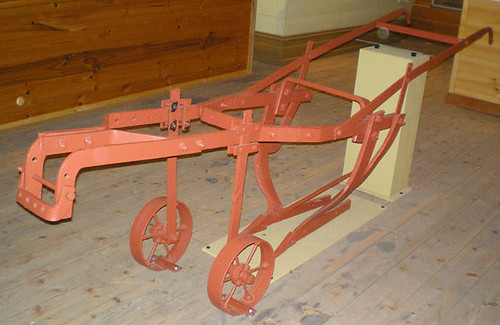
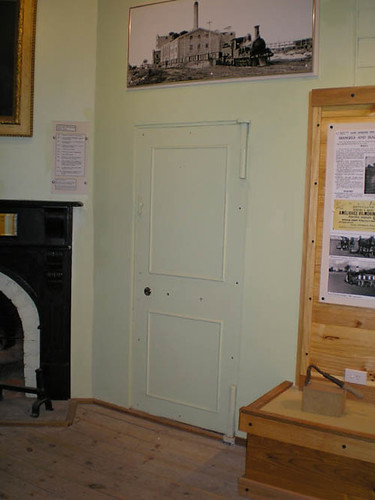
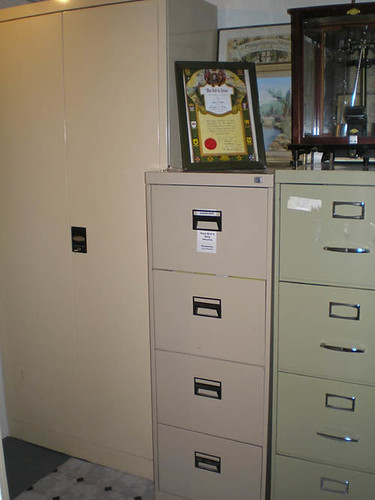
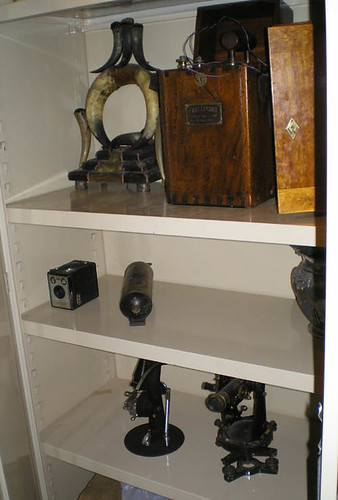
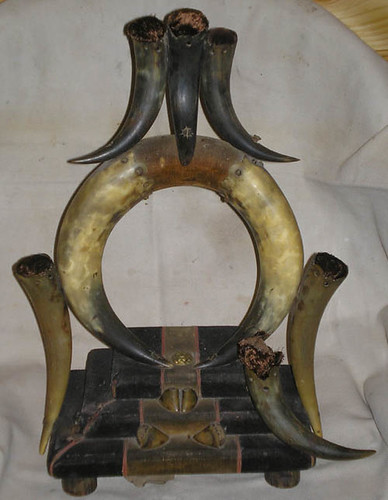
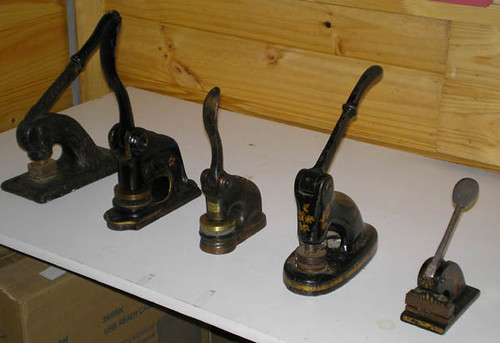
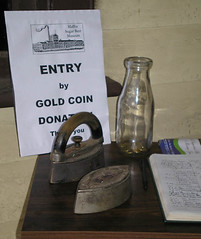
0 Comments:
Post a Comment
<< Home